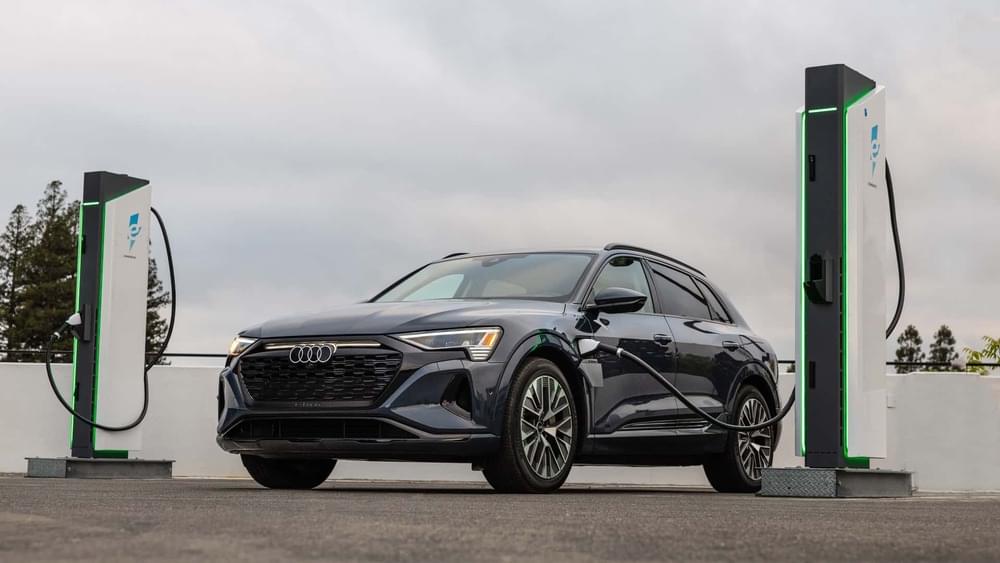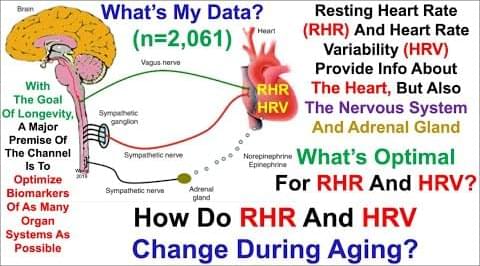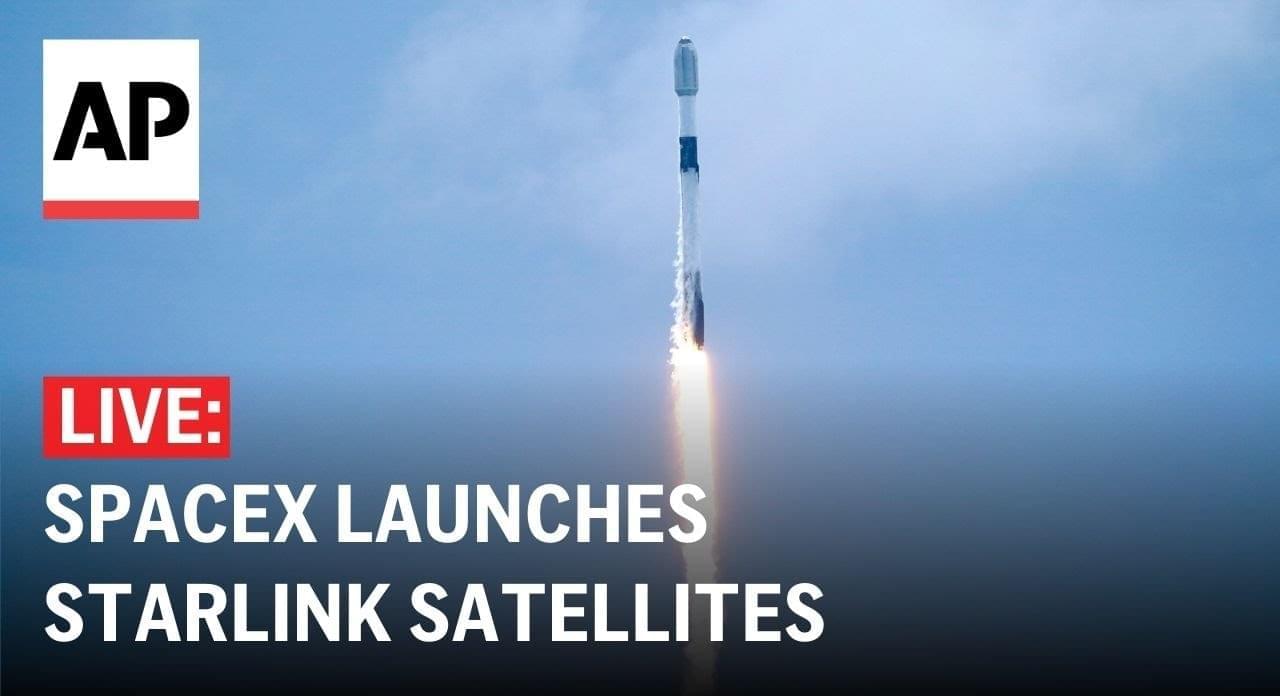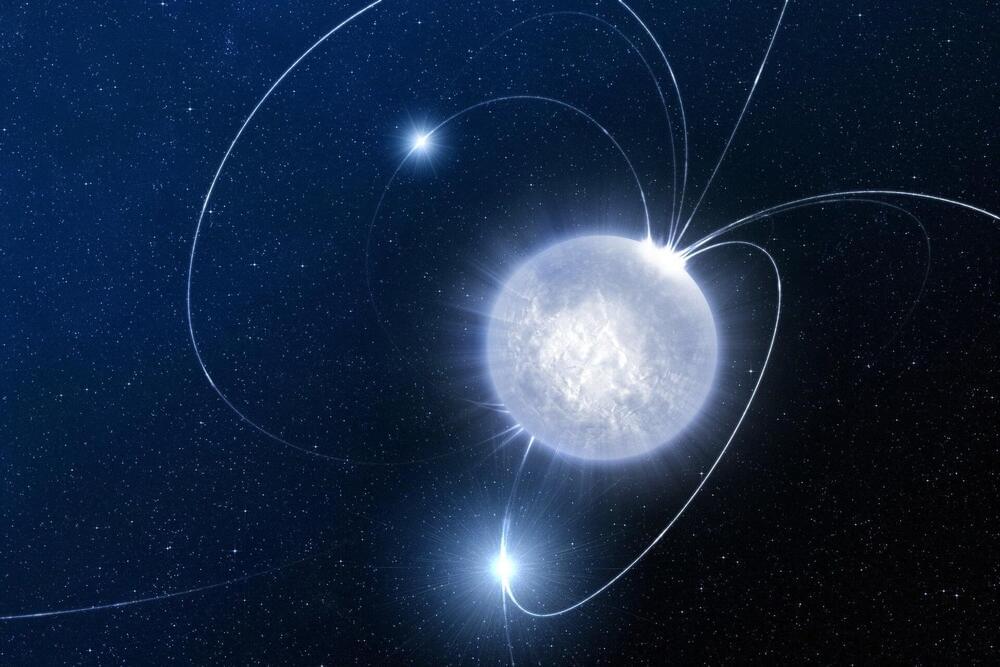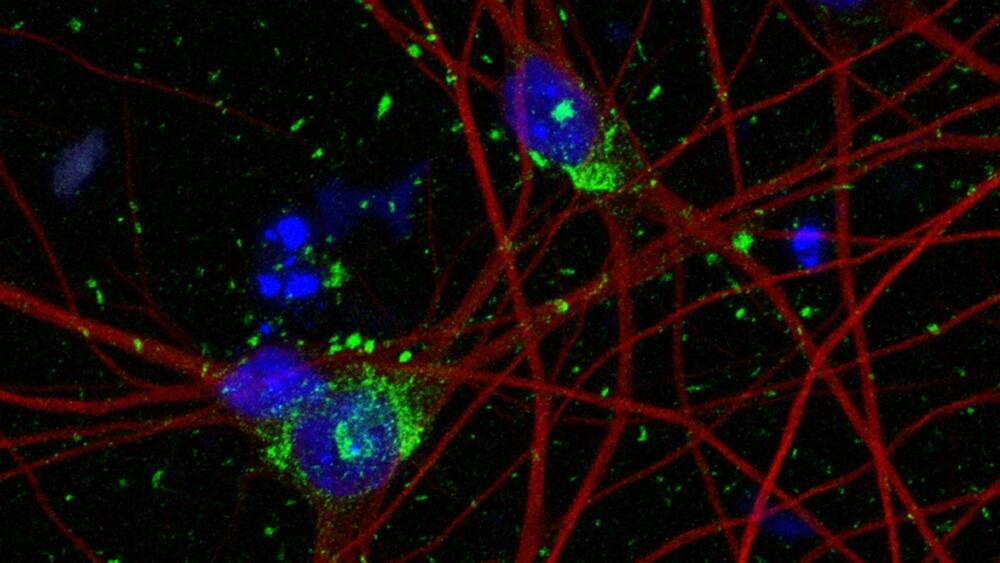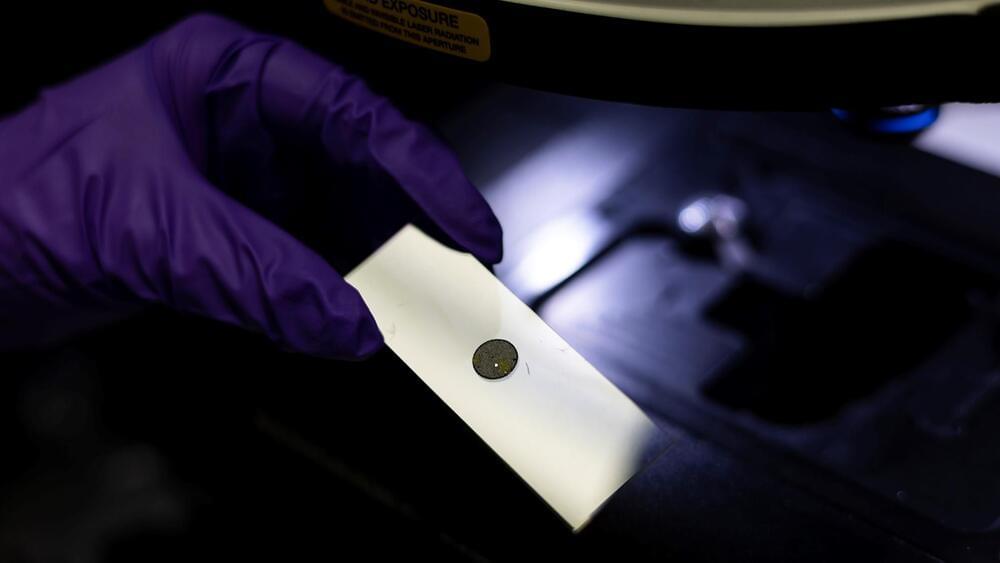If you want an electric car that begins charging the moment you plug it into a public fast charger, then you want one with Plug & Charge. Here are the EVs with this feature.
Join us on Patreon! https://www.patreon.com/MichaelLustgartenPhDDiscount Links: Epigenetic, Telomere Testing: https://trudiagnostic.com/?irclickid=U-s3Ii2r7x…
The blackout will give scientists a rare chance to do experiments they cannot do any other time.
Solar Eclipses
Posted in space
A solar occurs when the Moon passes between the Sun and the Earth and blocks the bright light of the Sun’s surface from view. The shadow of the Moon will fall in a small path on Earth’s surface, called the zone of totality.
Credit: SpaceXWatch live as a SpaceX Falcon 9 rocket launches a batch of 21 Starlink internet satellites from Space Launch Complex 4 East at Vandenberg Space…
Scientists may be one step closer to unlocking one of the great mysteries of the universe after calculating that neutron stars might hold a key to helping us understand elusive dark matter.
Scientists develop a human neuron model that efficiently simulates tau protein spread in Alzheimer’s, hinting at new therapeutic targets.
Nuclear nonproliferation scientists at the Department of Energy’s Oak Ridge National Laboratory have published the Compendium of Uranium Raman and Infrared Experimental Spectra, or CURIES, a public database and analysis of structure-spectral relationships for uranium minerals. This first-of-its-kind dataset and corresponding analysis fill a key gap in the existing body of knowledge for mineralogists and actinide scientists.
Laser based vibrational spectroscopy methods such as Raman and IR are frequently employed by nonproliferation materials scientists because they are rapid, nominally non-destructive, and can give direct insight to what a material contains. Where spectral assignments may be difficult, the CURIES database uses structural information, subject matter expertise and statistical analysis to determine key features of Raman spectra based on their structural origins.
“When I was in grad school studying uranium mineralogy, there was no single repository to look up a feature of a sample and compare it for identification,” said ORNL’s Tyler Spano, lead author on the CURIES article in American Minerologist. “What we did was bring together data from many different sources including structural information and spectroscopy to understand spectral features and similarities as they relate to chemical, structural and other properties.” The ORNL team hopes that CURIES will support researchers who are looking for new relationships among various types of uranium materials and foster development of rapid characterization and analysis of spectra collected on new materials.
Just when scientists thought they had almost figured out the origins of multicellular life, evolution throws another curveball.
In a serendipitous discovery, a team of researchers has just chanced upon a third type of ‘unconventional’ multicellularity that blends the two kinds we already knew about.
Multicellularity has evolved a staggering 45 times or more across the tree of life. Yet fundamentally, the ancestor of each multicellular lineage relied on just one of two methods — individual cells sticking together as they split, or individual cells that have previously split coming back together.
Sky rocketing demands for generative artificial intelligence have accelerated demands for AI-centric data centers that can handle more advanced tasks.
